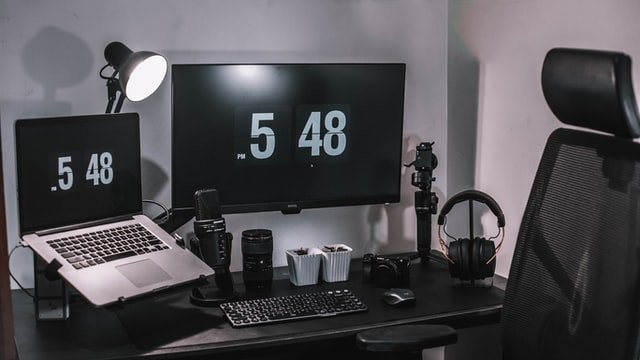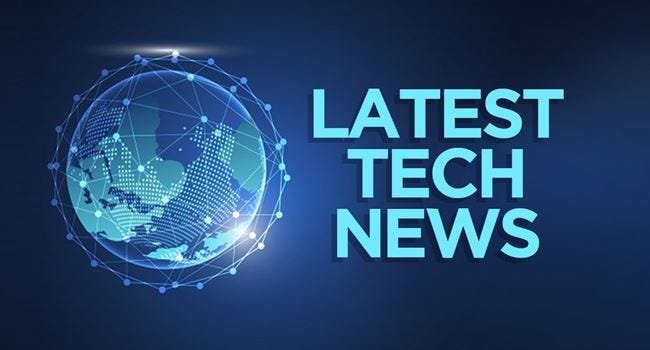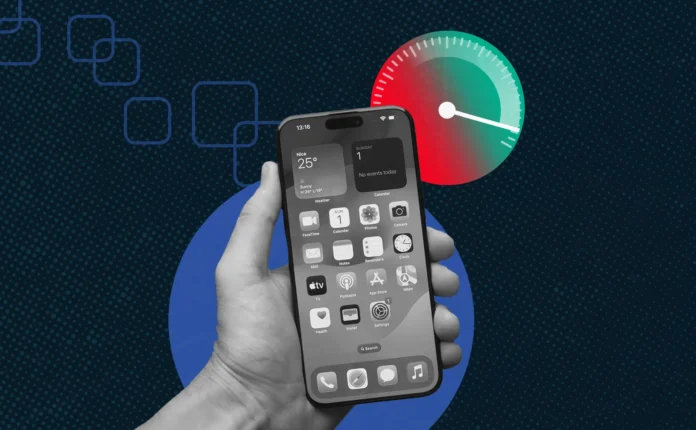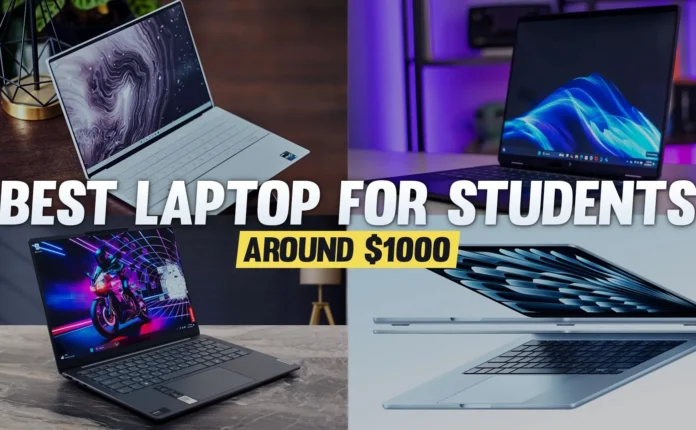With the way we all work online these days, establishing a tech workspace that is focused on productivity is more important than ever. Whether you work remotely, are a freelancer, student, or simply someone who enjoys tech on a personal level, your surroundings can have a profound influence on your work effectiveness. An intentionally designated workspace that is organized, comfortable, and equipped effectively, is not only going increase productivity, it can also lead to increased creativity, reduced stress, and enhanced work-life balance.
So here is your complete guide to creating a personal tech workspace that will help you realize your peak performance.
1. Choose the Right Location
Before buying gadgets or furniture, choose a space that works for you and minimizes distractions.
Consider:
Quiet. You want to be in a room or corner that is removed from any bustling traffic area.
Natural Light. If you have a window nearby, this can help elevate your mood and decrease eye strain.
Ventilation. A working area with good air flow tends to keep you comfortable, and energized.
Privacy. Having a private area is important when you will be in meetings or doing intensive focused work.
Tip: If space is an issue, consider portable or foldable workspace options which can be put away when not in use.
2. Ergonomics
Sitting at a desk for a long time can create strain on the body, so consider ergonomics as a priority.
Things to consider:
Adjustable Chair. Look for lumber support, adjustable armrests, and adjustable height.
Standing Desk or Desk Converter. Look for a desk that will allow you to alternate between sitting and standing to improve circulation and focus.
Monitor Arm or Riser. To keep your screen at eye level, and reduce strain on your neck.
Pro Tip: keep your monitor at arm’s length and the top of your monitor at or slightly below eye level.
3. Set Up the Right Technology Stack
Technology is the foundation of your digital workspace. You tend to get the best results from a relatively minimal tech configuration.
Core Components:
You need a computer or laptop. You need to ensure that whatever you choose to use meets your specific needs. For example, developers may need higher-end features, while writers may prefer a more portable configuration.
An external monitor can facilitate multitasking and reduce eye strain.
An ergonomic keyboards and mouse can reduce wrist fatigue. Wireless keyboard and mouse configurations cut down on clutter.
If you are using multiple peripherals, invest in a docking station or USB hub.
Optional Technology Add-ons:
- Tablet:useful for taking notes, reading, or digital sketching.
- Noise cancelling headphones: important for focusing and video calls.
- Webcam: skewing how you look on a video conference is not very professional.
4. Cable Management and Power Solutions
Cluttered cables can be visually distracting don’t to mention potential safety hazards. Maintain a tidy workspace by employing some simple cable management mediation strategies.
What you’ll need:
- Cable clips and sleeves.
- Under-desk cable trays and trays.
- Surge protector or UPS (uninterruptible power supply).
- Labeling cords and employing zip ties can go a long way in keeping your workspace clean, tidy and efficient.
5. Optimize Lighting
Bad lighting can lead to eye strain, headaches, and fatigue. Proper lighting can have a big impact on both productivity and mood.
Lighting tips:
- Use daylight bulbs: for light to mimic natural light to create a vibrant workspace.
- Desk lamp with adjustable brightness: use a desk lamp with adjustable brightness for studying during the late night or on gloomy days.
- Avoid glare: try to position your monitor perpendicular to any windows or unnatural lighting.
6. Organize for Efficiency
A clean and organized workspace leads to increased clarity of thought. Everything you will need should be within reach and readily accessible.
Organizational aides:
- Drawer units: use drawer units to conveniently store all stationary and small tools.
- Wall shelves: use wall shelves to take small books and reference materials off of your desk.
- Cable organizers: use cable organizers to prevent tangled wires.
- Whiteboard or corkboard: hang up note pads, goals, tasks to do.
Bonus: a minimalist desk is helpful to promote focus and reduce distractions.
7. Personalize your workspace
Your workspace should fit your personality and be inspiring.
Some ideas to personalize:
- Plants: plants will help improve the air quality and add a calming presence.
- Art or Posters: Hang artwork or posters that will help motivate and inspire creativity.
- Personal items: small personal items such as a photo, mug, or small figurine can make a personal connection.
Always remember to strike a balance when personalizing your workspace. Too many personal items can become a distraction.
8. Set Up Your Digital Productivity Utilities
Your workspace is not only a physical place; it is also digital. You want an organized digital environment as much as you want an organized physical one.
Tools to Use:
Task Management: Todoist, Notion, Trello
- Time Tracking: Toggl, Clockify
- Note taking: Evernote, OneNote, Obsidian
- Automation: Zapier, IFTTT
- Focus Tools: Pomodoro timers, site blockers like Cold Turkey or Freedom
Note: Use a clean desktop and organized folders.
9. Create a Routine
Your workspace is of value only if you are using it on purpose.
Develop habits like:
- Morning Set-Up Ritual: Turn devices on, review goals, plan your day.
- Breaks: Use the 50/10 or the Pomodoro approach to keep your mind fresh.
- End-of-Day Shut Down: tidy up, review what you completed, prepare for tomorrow.
10. Assess and Adjust
Productivity systems are all about the individual. What served your needs today may not in six months.
Regularly Self-Assess:
- Are you comfortable?
- Do you feel productive?
- Is anything creating friction or clutter in your system?
As your workflow changes, you adopt new technology, or simply change your preferences, make changes based on your comfort and productivity.
In Conclusion
Your technology workspace is not simply a desk with a computer—it is your personal productivity engine. By incorporating ergonomic factors, technology options, organizational strategies, and personalization, you can design an area that allows you to do your best work every day.
Whether developing a complete home workspace or designating an area of your living room, developing the steps in this article will help ensure your technology workspace is designed for focus, comfort, and success.



